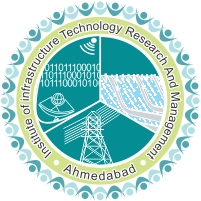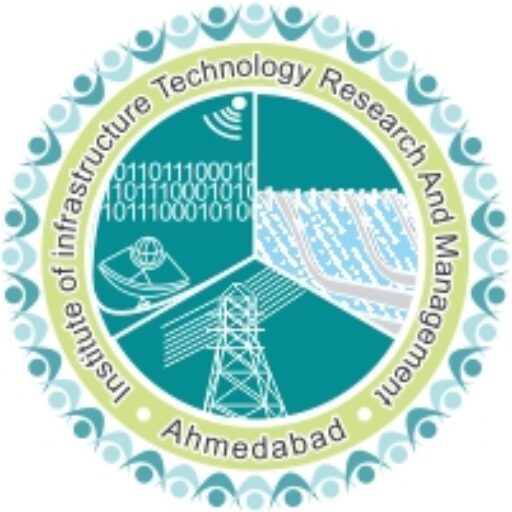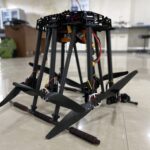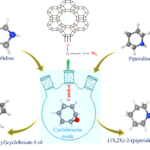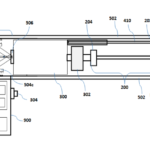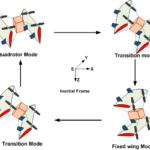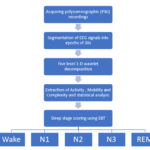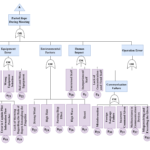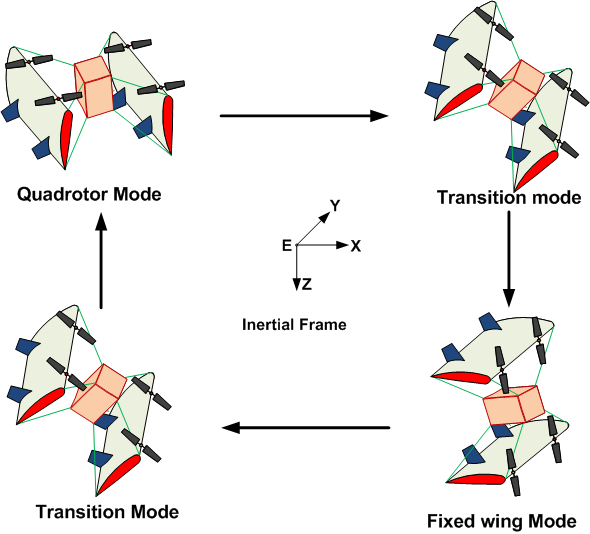The research was carried out by Khushbu Bhatt and Dr. Jiten Shah from IITRAM, and Dr. Ninad Gore (Ryerson University, Toronto, Canada)
In India, priority rules at unsignalized intersections are often ignored by drivers. The present research shows the applicability of different methods for estimating the critical gap (minimum gap to cross the approach) at unsignalized T-intersections. The critical gap is estimated for different vehicle types and crossing movements. The study quantifies the implication of critical gap values on the capacity and safety values at un-signalized T-intersections. The value estimated by deterministic methods for the critical gap is lower than that estimated by the probabilistic method. The gap values estimated using the Binary Logit Regression methods are comparable to those computed using the standard manual’s equation. It was determined that a lower critical gap value results in a higher capacity value and a higher risk probability. The study is also expanded to evaluate the level of risk and severity based on the gap acceptance parameter.
